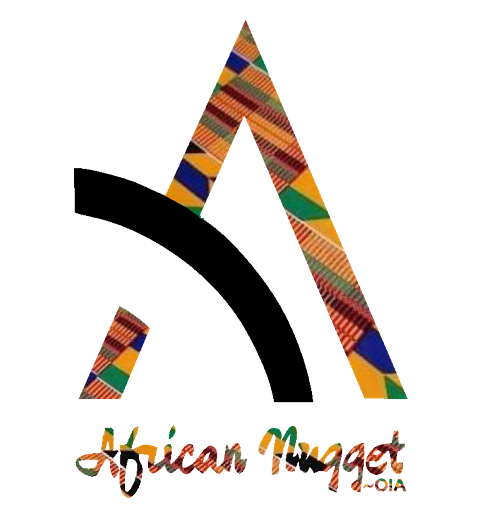The Forgotten Tragedy in Early Namibia
When the Desert Was Turned Into a Weapon: The Forgotten Tragedy in Early Namibia
They didn’t call it a genocide when it happened.
They called it a “rebellion.”
They called it a “war.”
But history when we look at it honestly reveals something far darker.
In the early 1900s, long before the world recognized the word genocide, two African communities in what is now Namibia found themselves targeted for complete erasure. These were the Herero and Nama, pastoral peoples whose deep connection to the land stretched back generations.
Germany had claimed the territory as a colony and wanted more land, more cattle, more control. The presence of indigenous people people with their own traditions, leadership, and dignity was seen as an obstacle to expansion. Tensions rose, disputes over land intensified, and by 1904 the German colonial administration made a brutal decision: instead of negotiating or sharing the land, they would remove its original inhabitants entirely.
The operation was systematic.
German forces pushed entire communities families, elders, children into the Omaheke Desert, a vast stretch of burning earth with no water and no food. Soldiers surrounded the desert’s edges with rifles, ensuring that anyone who tried to return would be shot.
The desert itself became the weapon.
The majority of the Herero population died of thirst, starvation, and exhaustion. The Nama suffered a similar fate. Many who survived the desert were captured and forced into concentration camps places of forced labor, starvation diets, disease, and daily violence. These were among the earliest concentration camps in the world, decades before the horrors of the Second World War.
Inside these camps, people were worked to death. Families were separated. Cultural identity was attacked at its foundation. In one of the most dehumanizing practices of the era, the skulls of victims were sent to Germany for racist “scientific studies” meant to justify white supremacy.
By the time the killings and forced labor systems ended, up to 80% of the Herero and half of the Nama were gone. Entire clans erased. Songs, traditions, and histories nearly lost.
And yet, despite the scale of the tragedy, the world barely reacted. For decades, the story was excluded from mainstream textbooks. Colonial powers preferred silence over accountability. It was easier to forget Africa’s suffering than to confront what it revealed.
But silence doesn’t erase truth.
And history cannot heal until it is told.
The story of the Herero and Nama is not only about loss it’s about resilience. Their descendants, still in Namibia today, continue the fight for recognition, justice, and the restoration of dignity denied to their ancestors.
To remember this tragedy is not to dwell on pain it is to illuminate the cost of unchecked power, racism, and imperial ambition. It is a reminder that genocides do not begin with violence; they begin with the belief that one group has the right to erase another.
And that is a lesson the world cannot afford to forget.

















